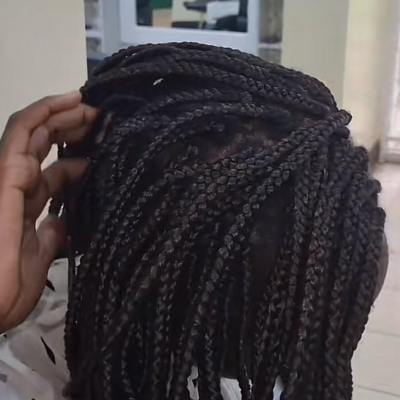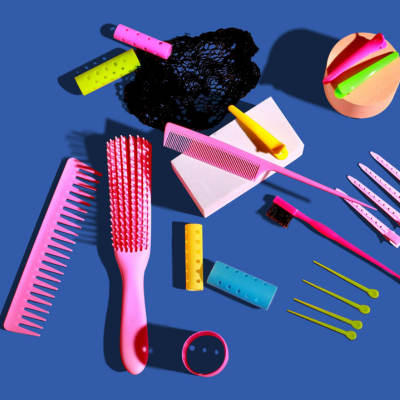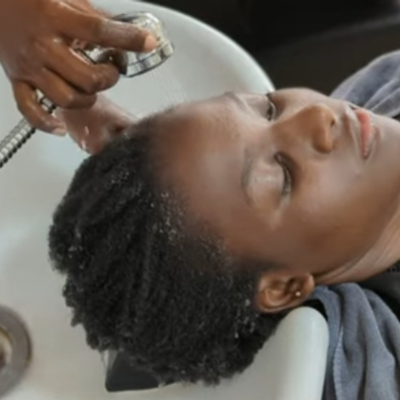- Support 24/7
- +1 (480) 468-4543
- livara@mylivara.com
Why You Constantly Experience Dandruff: 4 Helpful Tips
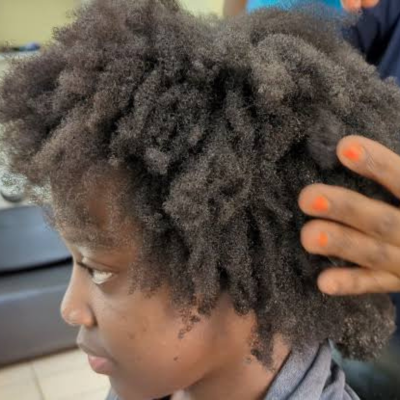
The Best Routine For Natural Hair
May 15, 2024
What Happens To Your Skin When You Use Harsh Soap? How To Know If Your Soap Is Harsh
May 17, 2024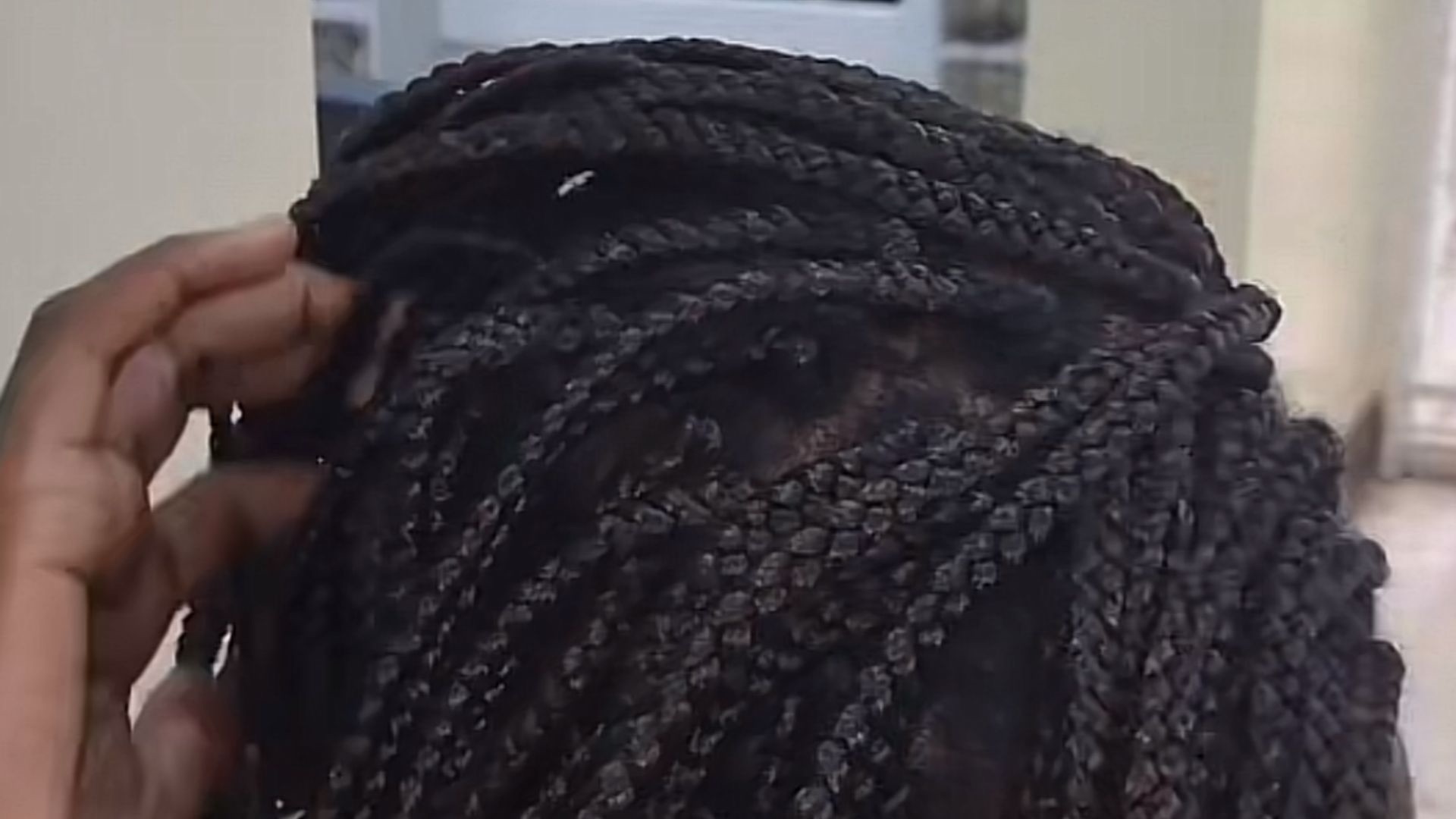
Dandruff. Those pesky white flakes on your scalp and shoulders can be a persistent annoyance, leaving you feeling itchy and self-conscious. But that doesn’t have to continue any longer; this article delves deep into the world of dandruff, understanding why you keep getting it, and effective strategies to combat its return.
The Science of Flakes: Understanding Dandruff’s Root Causes
Dandruff, medically known as seborrheic dermatitis, is a common scalp condition characterized by the shedding of dead skin cells in the form of visible flakes. While it’s not contagious and rarely a serious health concern, its recurrence can be frustrating. Here are some of the key factors that might be contributing to your persistent dandruff:
The Moisture Factor: When Dryness Fuels the Flakes
While Malassezia and scalp microbiome imbalances are major players in dandruff, another crucial factor often overlooked is scalp moisture. Here’s how a lack of moisture can contribute to those pesky flakes:
- Disruption of the Skin Barrier: The scalp’s outermost layer acts as a barrier, protecting it from environmental irritants and maintaining hydration. When the scalp is dry, this barrier weakens, making it more susceptible to irritation from Malassezia and other triggers. This irritation can lead to accelerated skin cell turnover, resulting in the visible flaking associated with dandruff.
- Itchy Scratch Cycle: Dryness often leads to itchiness. The more you scratch your itchy scalp, the more you disrupt the already weakened skin barrier. This cycle of dryness, itch, and scratch further aggravates the scalp and can worsen dandruff symptoms.
Other factors include:
- Malassezia: A Fungal Foe: We all have a naturally occurring fungus called Malassezia living on our scalps. It feeds on sebum, an oily substance produced by the scalp to keep it moist. However, in some people, an overgrowth of Malassezia can trigger an inflammatory response. This reaction leads to the rapid turnover of scalp skin cells, resulting in the visible flakes we associate with dandruff.
- Scalp Microbiome Imbalance: The scalp, like our gut, has its own unique microbiome – a community of microorganisms. When this delicate balance is disrupted, it can create an environment favorable for Malassezia overgrowth and contribute to dandruff development. Factors like stress, harsh shampoos, and certain medications can all influence the scalp microbiome.
- Skin Sensitivity: Some people have inherently more sensitive scalps that are easily irritated by various triggers. This sensitivity can manifest as dryness, itching, and flaking, resembling dandruff. Common irritants include harsh shampoos, styling products with alcohol, or even environmental factors like cold, dry weather.
- Underlying Skin Conditions: Occasionally, dandruff can be a symptom of other underlying skin conditions like eczema or psoriasis. These conditions can cause similar flaking and irritation on the scalp, and proper diagnosis by a dermatologist is crucial for effective treatment.
Beyond the Scalp: Exploring Internal Triggers
Dandruff isn’t just about what happens on your head. Internal factors can also play a role in its recurrence:
- Hormonal Fluctuations: Hormonal changes, particularly during puberty, pregnancy, and menopause, can influence sebum production. Increased sebum levels can create a more favorable environment for Malassezia growth, potentially leading to dandruff flare-ups.
- Dietary Deficiencies: Deficiencies in certain nutrients, such as biotin, zinc, and omega-3 fatty acids, have been linked to scalp health issues, including dandruff. Ensuring a balanced diet rich in these nutrients can contribute to overall scalp health and potentially reduce dandruff recurrence.
- Stress: Chronic stress can wreak havoc on our bodies in many ways, and scalp health is no exception. Stress can exacerbate existing skin conditions like dandruff and may contribute to an imbalanced scalp microbiome.
Breaking the Cycle: Effective Strategies for Managing Dandruff
The good news is that while there’s no permanent cure for dandruff, there are various effective strategies to manage it and prevent those pesky flakes from coming back:
- Tailored Shampoo Regimen: Finding the right shampoo is key. Look for shampoos formulated with ingredients that target Malassezia growth, such as ketoconazole, zinc pyrithione, salicylic acid, or selenium sulfide. These ingredients can help control fungal overgrowth and reduce flaking. Consider alternating between a medicated shampoo and a gentle, moisturizing shampoo to maintain scalp health. Additionally, explore natural remedies like menthol, which you can find in the anti-dandruff Tsavorite Clarifying Treatment Hair Shampoo.
- Gentle Scalp Care: Be gentle with your scalp! Avoid harsh scrubbing with your finger nails or scratching, which can irritate it further. Use lukewarm water when rinsing your hair instead of very hot water, which can strip away natural oils.
- Dietary Adjustments: Consider incorporating foods rich in omega-3 fatty acids (like fatty fish) and biotin (like eggs and nuts) into your diet. Reducing processed foods and sugary drinks might also be beneficial for overall scalp health.
- Stress Management Techniques: Chronic stress can worsen dandruff; it’s true. Practices like exercising or deep breathing exercises can help manage stress levels and potentially contribute to a healthier scalp environment.
When to Seek Professional Help:
If your dandruff symptoms are severe, persistent, or unresponsive to over-the-counter treatments, it’s best to consult a dermatologist.
